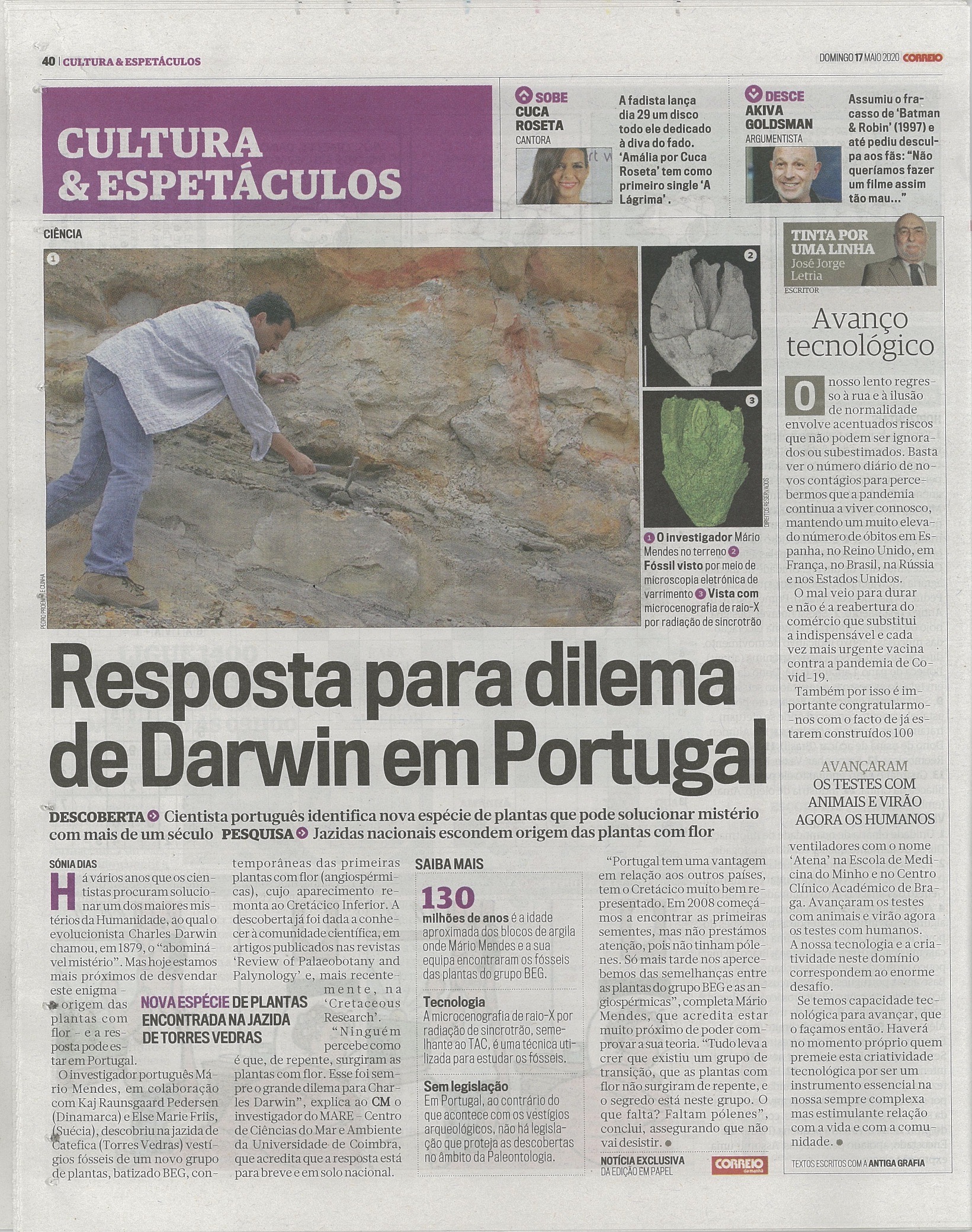Angiosperms or flowering plants
Angiosperms or flowering plants had their first major radiation in the Cretaceous and dominate the present terrestrial vegetation occurring in almost all ecosystems. Many issues regarding the phylogenetic radiation of angiosperms have been clarified but many details of the ecological conditions in which angiosperm plants proliferated is currently poorly known. The history of flowering plants stood out as increasingly anomalous. In a letter written to Joseph Dalton Hooker (22 July 1879), Charles Darwin referred the suddenly appearance of angiosperms as an “abominable mystery”. Over the past years, several reproductive structures (seeds and pollen organs) assigned to non-angiosperms has been reported from the mesofossil floras of the Lusitanian Basin (western Portugal). These structures share similarities with some angiosperm reproductive organs and became a part of a new group of seed plants – Bennettitales-Erdtmanithecales-Gnetales or BEG-group. Mário Mendes, researcher from the Marine and Environmental Sciences Centre (MARE)/University of Coimbra has been studying the BEG-group in detail and is convinced that these plants may represent the transition or link between non-angiosperms and angiosperms.

